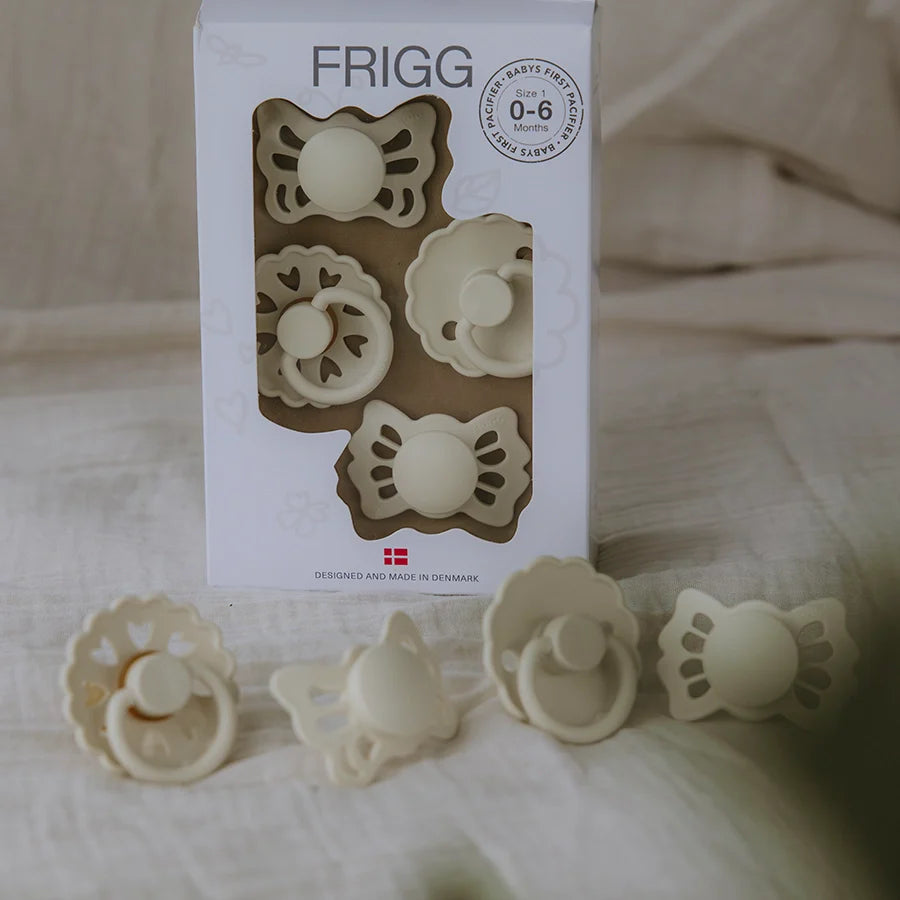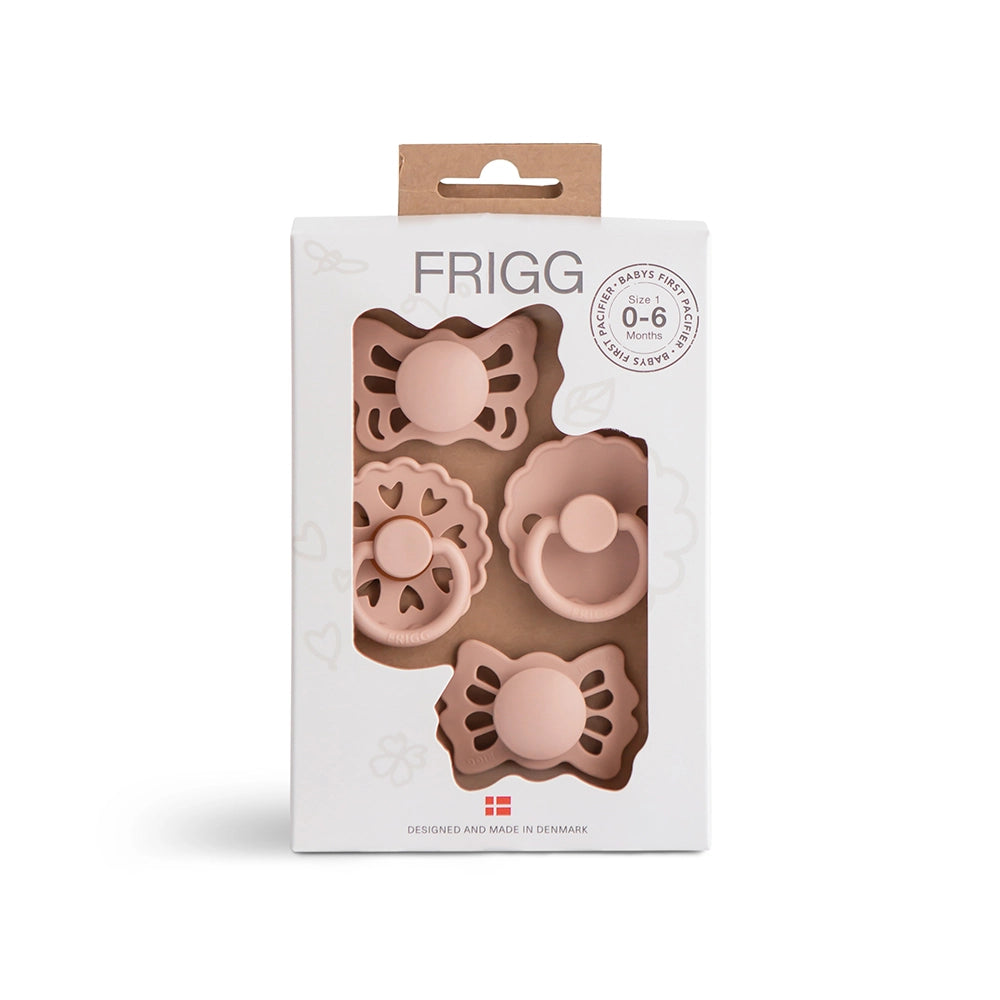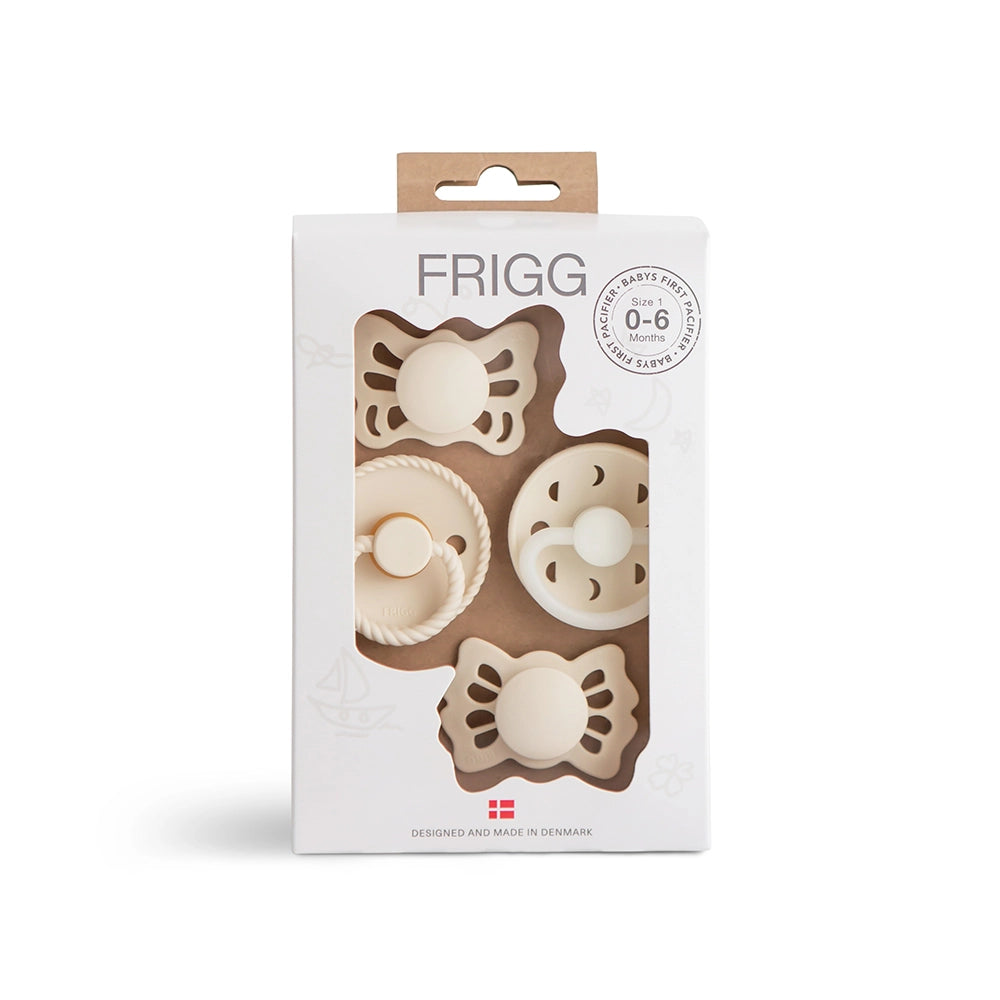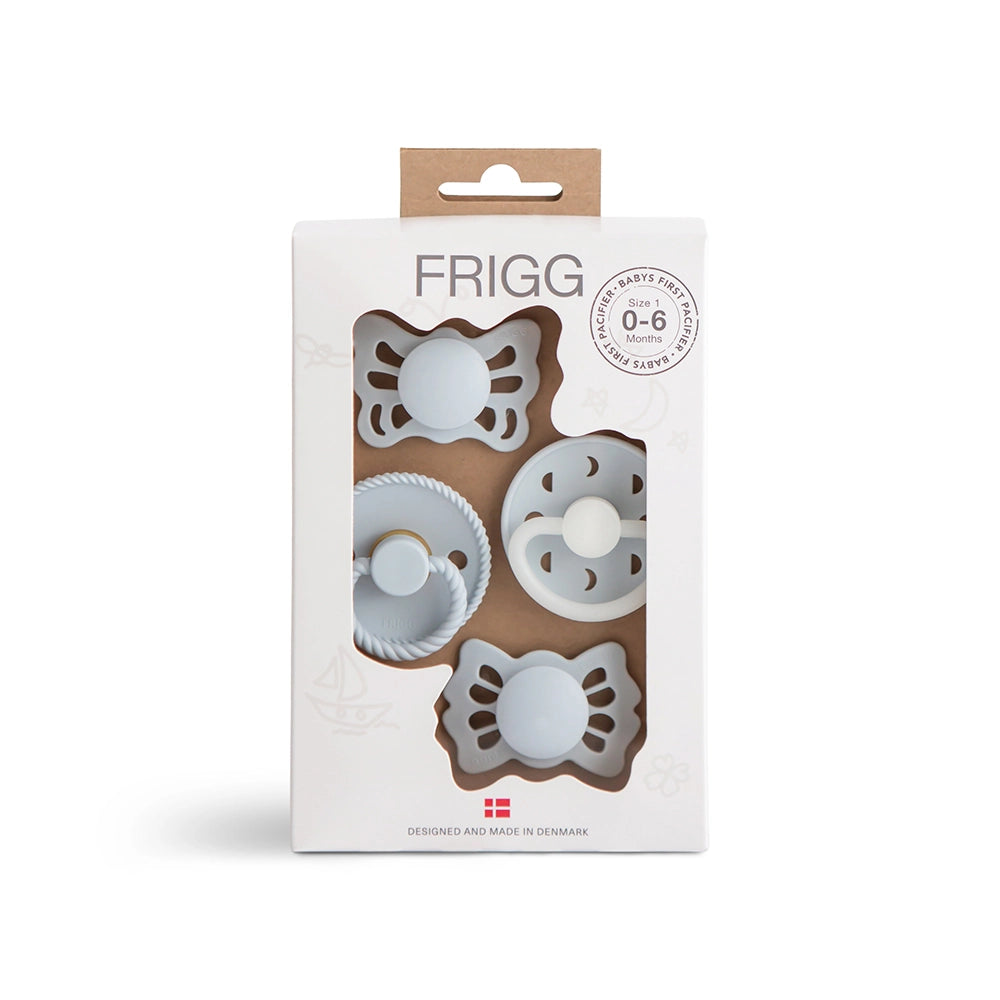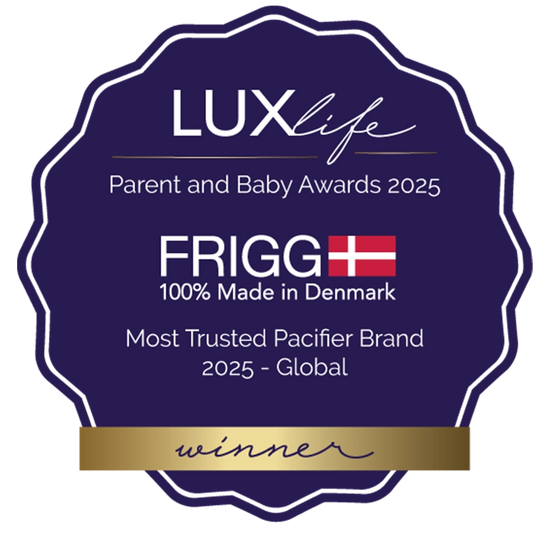How to choose the best pacifier for your baby
A complete guide for both new and experienced parents
Pacifiers – sometimes called soothers or dummies – are a beloved parenting tool, offering comfort and convenience for both babies and their caregivers. Whether you’re calming a crying newborn, helping your little one settle to sleep, or simply providing a soothing distraction during a car ride, pacifiers are an invaluable resource. With so many options available, how do you choose the best pacifiers for newborns, breastfed babies, or toddlers nearing the end of their pacifier journey? In this guide we'll help you find the right fit no matter if you’re soothing a newborn, supporting a breastfeeding journey, or gently preparing your toddler to say goodbye to their pacifier.
This guide also answers typical parent questions, from "Why babies like pacifiers?" to "How to sterilize pacifiers?" and "When should babies stop using pacifiers?"
What are pacifiers?
Pacifiers are small, nipple-like devices designed to mimic the act of nursing. They help babies self-soothe by engaging their natural sucking reflex, providing comfort and security. These small items have been a staple in childcare for generations and continue to evolve to meet modern safety and health standards.
Why do babies like pacifiers?
Babies are born with a natural sucking reflex, which is both comforting and essential for feeding. Pacifiers tap into this instinct, providing a sense of security and calm. They can quickly become especially helpful during:
- Sleep times, promoting relaxation and reducing nighttime fussiness.
- Travel, offering a distraction during car rides or flights.
- Teething phases, alleviating discomfort and aiding in soothing sore gums.
At FRIGG, we take pride in designing pacifiers that prioritize your baby’s safety and comfort. Crafted in Denmark with medical-grade and natural rubber materials, our pacifiers represent the perfect balance of tradition, innovation, and quality.
Types of pacifiers – What's the difference?
Pacifiers come in various shapes, materials, and styles. Each design caters to specific needs and preferences, ensuring there’s a perfect match for every baby. Choosing the right nipple shape plays a big role in whether your baby accepts the pacifier and benefits from it long-term. That's why FRIGG offers a carefully curated range of nipple shapes to support the different needs.
Our pacifiers are available in silicone and latex, with designs that cater to every baby’s needs. Plus, our commitment to sustainability ensures a safer planet for your child’s future.
Browse our full range of FRIGG pacifiers.
